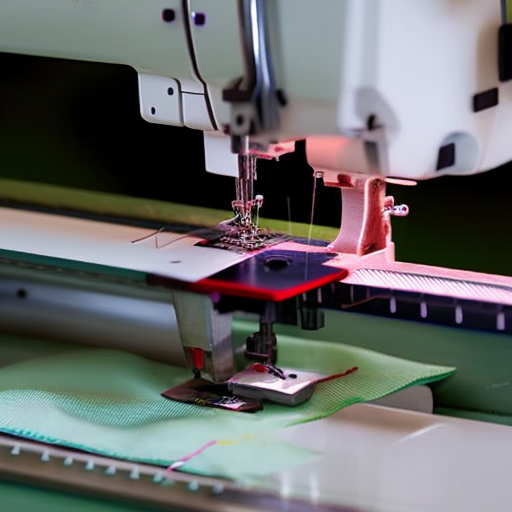
The realm of industrial sewing techniques serves as the backbone of numerous manufacturing industries. From apparel production to automotive upholstery, these techniques are essential in creating durable and high-quality products. Let’s explore some crucial industrial sewing methods employed in various sectors.
1. Lockstitching
Lockstitching is a popular industrial sewing technique that ensures strong and secure seams. It involves interlocking threads from both the needle thread (upper thread) and the bobbin thread (under thread) to form a tight, interwoven stitch. This method is widely used in apparel manufacturing, leather goods, and home textiles.

2. Overlock Stitching
Overlock stitching, also known as serging, excels at preventing fabric fraying and providing a neat edge finish. This technique utilizes multiple threads and loopers to trim and enclose raw fabric edges simultaneously. Overlock stitches are commonly found in clothing production, lingerie, and sportswear industries.

3. Blind Stitching
Blind stitching is primarily used for creating inconspicuous hems or joining two fabrics without visible stitches. This technique involves catching only a few threads of the top fabric while the majority of the stitch remains hidden on the underside. It finds application in garment manufacturing, drapery, and upholstery.

4. Bartacking
Bartacking refers to a sewing technique that reinforces stressed areas, such as pockets, belt loops, or buttons. It involves stitching a group of closely spaced stitches to create a dense and robust structure for added strength. Bartacks are commonly used in workwear, heavy-duty equipment, and outdoor gear.

“Industrial sewing techniques pave the way for the creation of reliable and long-lasting products across diverse industries.”
5. Flat-Felled Seam
The flat-felled seam is a sturdy and durable seam technique that provides strength and prevents fraying. It involves sewing seams in a specific way, where one fabric edge is folded twice and encloses the raw edge of the other fabric. This technique is widely utilized in denim manufacturing, creating strong jeans and workwear.

Conclusion
Industrial sewing techniques serve as the backbone of various sectors, ensuring the production of robust and long-lasting products. From lockstitching and overlock stitching to blind stitching and bartacking, these methods embody precision and strength. Understanding and implementing these techniques are crucial for achieving superior quality and durability in the world of manufacturing.




